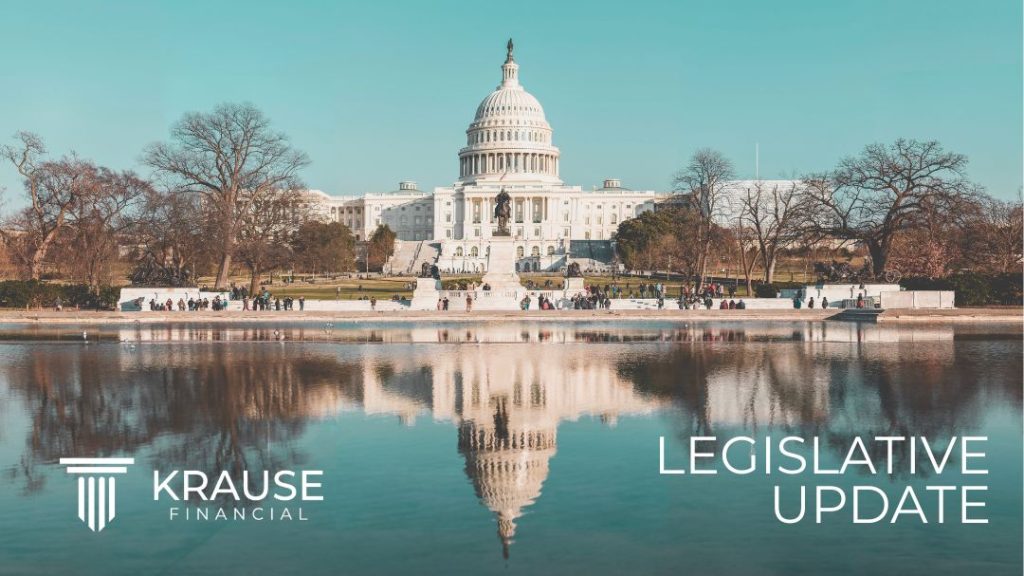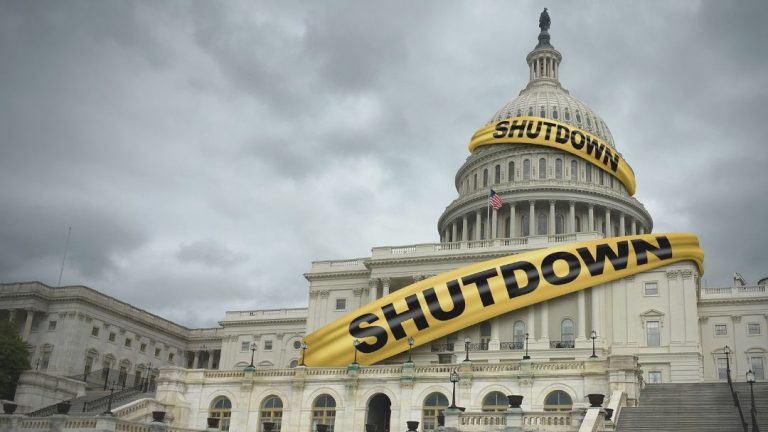Congress Returns, Shutdown Looms: Medicaid Caught in the Crossfire Again

As Congress returns to Washington D.C. from summer recess, so too returns the specter of a government shutdown. President Trump’s “One Big Beautiful Bill” (OBBBA) may have already been signed into law, but its fallout has just begun. With the debt ceiling once again playing the part of “political football” (just in time for the start of the NFL season), the OBBBA is back under a microscope. The future of Medicaid—and by extension care for the millions of Americans who rely on it for long-term care, rural hospital access, and basic health coverage—hangs in the balance.
New Medicaid Math Meets Fiscal Brinksmanship
At the heart of this debate lies a widening gap between spending caps imposed by OBBBA and the expanding financial needs of various Medicaid-dependent programs. The OBBBA’s attempt to “streamline” Medicaid financing through the confluence of provider tax caps, work requirements, and tightening eligibility has resulted in a gulf between need and funding. That gulf is now colliding with the realities of budget politics.
As Congress faces a shutdown deadline, several members—especially those from rural districts—are coming to terms that these Medicaid cuts are more than just line items and have real life impacts on their constituents. For some, it has been a realization brought by the passage of time and consideration of the broader impact. For others, it has been a more direct response to vociferous crowds at town halls berating them for their vote.
Shutdown Scenarios: What’s at Risk?
If the government shuts down in the coming weeks, it won’t just delay passport applications or federal employee paychecks. Medicaid, especially its long-term care supports and services, would face immediate and lasting disruption:
- Administrative Gridlock: States rely heavily on federal systems and approvals to process Medicaid applications, waivers, and payments. A shutdown could stall or stop many of these processes.
- Provider Payment Delays: While Medicaid is technically mandatory spending, payment processing and oversight could slow or pause, especially in areas affected by new OBBBA restrictions.
- State Panic: With reduced flexibility from provider tax caps and work requirements taking effect, states may preemptively and proactively restrict services or halt expansions to protect against funding shortfalls caused by a shutdown.
These impacts would disproportionately impact rural communities, where Medicaid often represents the financial backbone of hospitals, nursing homes, and home care providers. Moreover, these facilities and service providers offer job opportunities, and the fate of many local economies are tied directly to their survival. Coincidentally, these rural areas are also where the President and the Republican Party find much of their political base of support.
Hawley’s Gambit
Senator Josh Hawley’s “Protect Medicaid and Rural Hospitals Act,” introduced in July, is experiencing renewed consideration. However, as of yet the Bill hasn’t moved through committee. While specifics are sparse, the idea is that Senator Hawley’s Bill would be a way to soften the blow of OBBBA without reopening the full bill.
There has been speculation that portions of Senator Hawley’s proposal have been floated in backroom talks as part of a continuing resolution (CR) or debt ceiling deal, particularly restoring provider tax flexibility and delaying the 2028 Medicaid cliff. Such a move by Senator Hawley could prove not just politically savvy but strategically prescient: placing a bet on Medicaid preservation that could become the bargaining chip needed to keep the government open. Further, this move would also be responsive to the opposition voiced by constituents in rural communities and the risks posed to rural hospitals and long-term care service providers. Essentially, Senator Hawley has positioned himself to lead a compromise that would both keep the government open and preserve key aspects of rural health care.
Medicaid Advocates: From Defense to Offense
So where does that leave Medicaid stakeholders, especially those focused on long-term care? The key now is to move from a defensive posture to a proactive one. While the OBBBA is law, many of its provisions hinge on future implementation deadlines and appropriations battles still to come.
Here’s what advocates can do now to push back effectively:
- Frame Medicaid as an economic stabilizer, not just a cost center.
In the context of a looming shutdown, Medicaid must be seen as infrastructure—not just health care. The rural economy argument is especially powerful: Medicaid supports jobs, keeps hospitals open, and prevents costly emergency care. In debt ceiling talks, this framing helps Medicaid avoid being the first thing on the chopping block.
- Target the 2028 cliff for delay or repeal.
Hawley’s bill proposes halting the automatic Medicaid cuts set to begin in 2028—a provision that has bipartisan interest. Advocates should prioritize this as a non-controversial “bridge” to stabilize long-term care financing while longer-term solutions are developed.
- Push for a CR “patch” to restore provider tax flexibility.
Even a temporary lift of the provider tax cap during FY2025 budget negotiations could buy states crucial time and flexibility. Several states’ Medicaid Directors have already signaled that they would support a targeted patch to avert deeper service reductions.
- Elevate personal and local impact stories.
Lawmakers returning from recess are attuned to local pressure. Stories about nursing home closures, hospital bankruptcies, or caregiver layoffs tied directly to Medicaid policy shifts carry immense weight, especially in tight House districts. Coordinated storytelling campaigns tied to the shutdown clock can shift priorities quickly.
The Politics of Preservation
The Medicaid provisions in OBBBA were passed in a moment of sweeping reform—bundled with themes like energy independence, deficit reduction, and tax cuts. But now that its provisions are being felt on the ground, they are becoming political liabilities, clanging like a bell around their necks and marking them with a scarlet letter. With the midterms closing in and the fate of political power hanging in the balance, this debate could play heavily into the coming political season.
For Republicans like Hawley who voted for the President’s OBBBA, salvaging Medicaid has become a way to stay in step with constituents while still claiming credit for the bigger legislative package. For Democrats, preserving the integrity of long-term care through targeted fixes allows them to uphold their identity as protectors of social programs—even under spending constraints. Put simply, the politics of Medicaid preservation are a winner.
A Fork in the Road
With shutdown deadlines approaching and the debt ceiling debate heating up yet again, Medicaid is not just collateral damage—it’s a central part of the conversation. The question isn’t whether OBBBA changed Medicaid. It did. The question now is whether Congress will act as a counterbalance to those changes.
The opportunity is there. The challenge is real. The clock is ticking.

Scott is our Corporate Counsel and Chief Operating Officer. In addition to working directly with clients and managing company operations, he provides his expertise in the legal field through videos, blogs, case law, white papers, and more to ensure our clients have the latest information.



